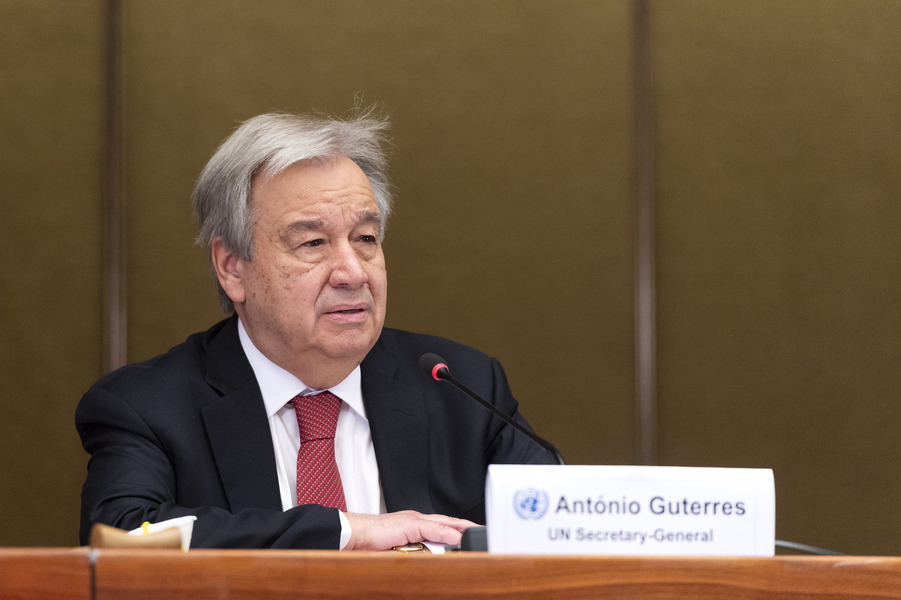The New York Times's Latest Kill List Story
Published by The Lawfare Institute
in Cooperation With

A Texas-born man suspected of being an operative for Al Qaeda stood before a federal judge in Brooklyn this month. Two years earlier, his government debated whether he should be killed by a drone strike in Pakistan.
The denouement in the hunt for the man, Mohanad Mahmoud Al Farekh, who was arrested last year in Pakistan based on intelligence provided by the United States, came after a yearslong debate inside the government about whether to kill an American citizen overseas without trial---an extraordinary step taken only once before, when the Central Intelligence Agency killed the radical cleric Anwar al-Awlaki in Yemen in 2011.
The story, by Mark Mazzetti and Eric Schmitt, is interesting, because it shows that the internal discussions within the administration have not been static since the Anwar Al Aulaqi case a few years ago:
Drones spotted [Al Farekh] several times in the early months of 2013, and spy agencies used a warrant issued by the Federal Intelligence Surveillance Court to monitor his communications. The Pentagon nominated Mr. Farekh to be placed on a so-called kill list for terrorism suspects; C.I.A. officials also pushed for the White House to authorize his killing.
But the Justice Department, particularly Attorney General Eric H. Holder Jr., was skeptical of the intelligence dossier on Mr. Farekh, questioning whether he posed an imminent threat to the United States and whether he was as significant a player in Al Qaeda as the Pentagon and the C.I.A. described. Mr. Holder and his aides also thought it might be possible to capture Mr. Farekh and bring him to trial.
The discussions took place less than two years after the 2011 targeted killing of Mr. Awlaki, and Justice Department officials were sensitive to the criticism leveled against the department for approving that strike.
“Because he was an American citizen, we needed more information,” said one former senior official. “Post-Awlaki, there was a lot of nervousness about this.”
Another complicating factor emerged in May 2013, when the president imposed new rules for targeted killings and announced some of the rules in a speech at National Defense University.
. . .
The debate over what to do about Mr. Farekh stalled, infuriating members of Congress. During a closed-door hearing of the House Intelligence Committee in July 2013, lawmakers grilled military and intelligence officials about why Mr. Farekh had not been killed.
“We’ve never seen a bigger mess,” said Mike Rogers, the Michigan Republican who was the committee’s chairman at the time, according to one person who attended the meeting.
We had already known that there was a considerable internal debate within the administration both leading up to and following the President's NDU speech. But this story is an important reminder that these questions are not debated in the abstract but in a kind of a executive branch common law approach to real situations and real people.
There are hints in the story that what was at issue in this instance was not the law per se but how the specific facts of Al Farekh's case interacted with the law the administration described in the Al-Aulaqi memos.
But there was also the additional layer of the apparently-ongoing policy change that culminated in the NDU speech and perhaps also an anxiety about targeting with lethal force a citizen who was not at Al Aulaqi's level of leadership. It would be very interesting to unpack exactly what caused the staying of the drone strike hand in this case---and what the objections to that were both within the administration and on Capitol Hill.




-(1).png?sfvrsn=7aa9b087_9)
